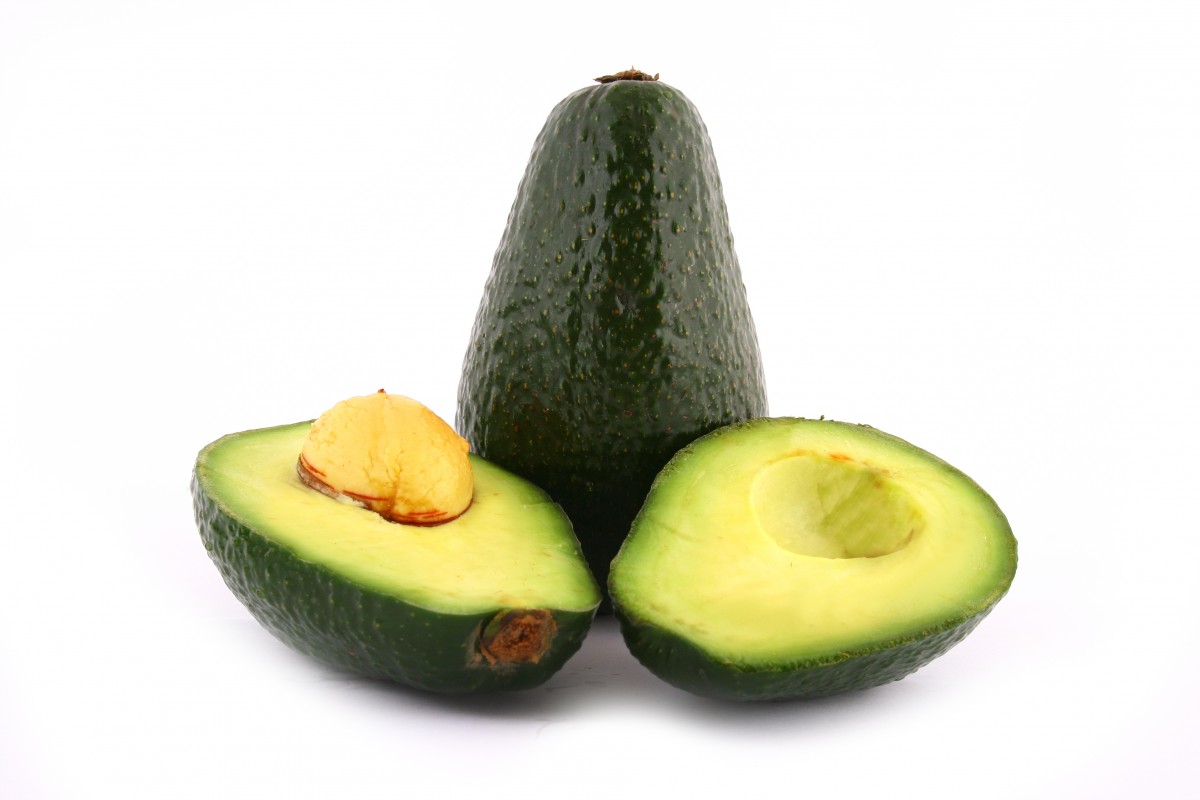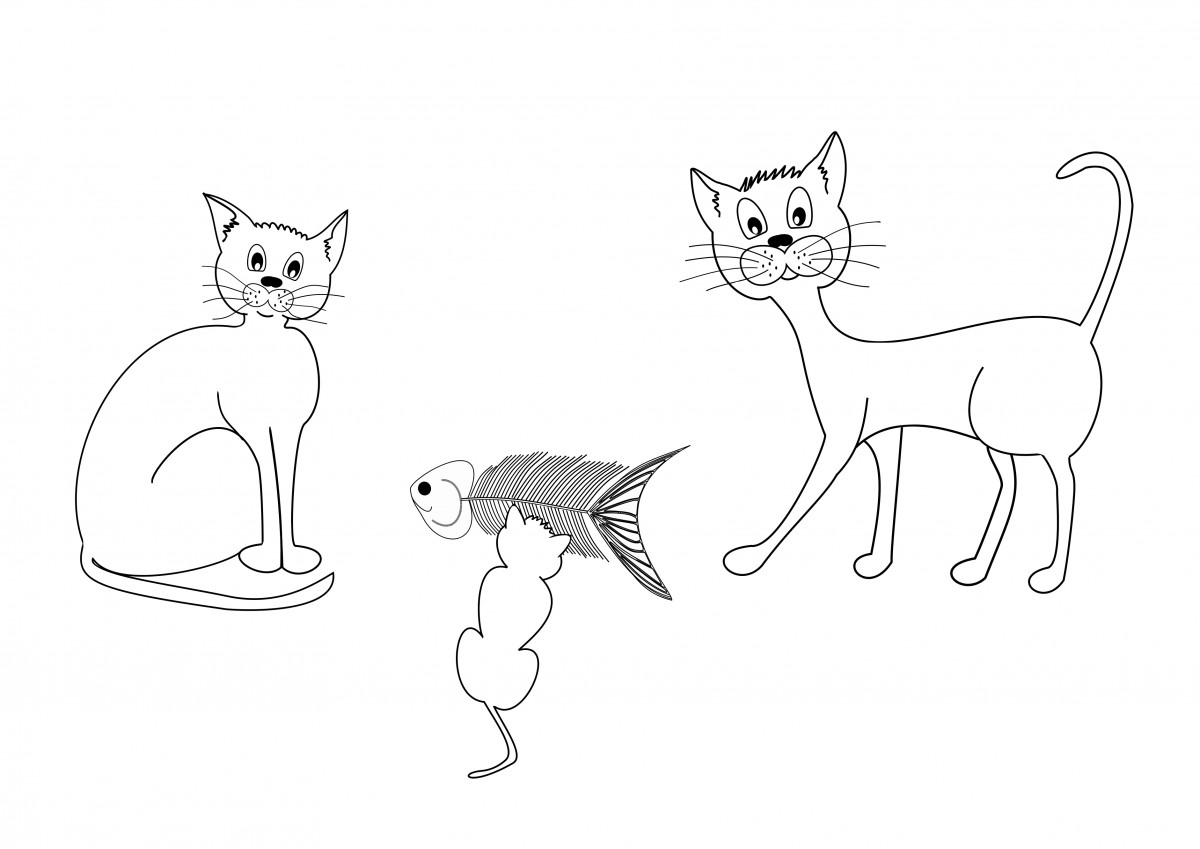
Like many foodies who’ve seen trends come and go (New Coke, anyone?) I subscribe to the adage “If it ain’t broke, don’t fix it.” But, in our increasingly warmer and monocultural world, often the thing that is broken is the environment in which food grows. The fix for the environment is long-term and politically fraught, so in the short term we “fix” it by modifying the food to grow under new conditions. And that’s what’s happening with the precious Hass avocado, that creamy toast topper and maki-filler that is fated to be native to the southern U.S. and Mexico, a particularly climatically fraught part of the world.
The Hass is the current industry leader, but it’s susceptible to sunburn, and the large trees it grows on mean lower yields, as well as greater fall risks for pickers. Horticulturist Mary Lu Arpaia and research associate Eric Focht began developing a new, sun-resistant, smaller-treed variety over a decade ago, and are now tantalizingly close to market. Dubbed the Luna, Arpaia, and Focht consider the literal fruit of their labour the “great-granddaughter of the Hass,” which shares her ancestor’s creamy, sweet nuttiness. Quite a few foodies folks are looking forward to using them!
“Diego Galicia and Rico Torres, chef-owners of Mixtli in San Antonio, source their avocados from Mexico, the world’s largest grower and exporter of the fruit. Galicia grew up on a farm in the country and is familiar with the process of growing avocado trees, which can take fifteen to twenty years to bear fruit. When you throw in the cost of labor and stress on the crop brought by higher temperatures due to climate change, the price tag that you see at your local grocery store starts to make sense. During the off-season or low-production months, avocados are transported from other South American countries. Ideally, chefs like Galicia and Torres, who aim to source produce sustainably, hope to avoid the additional costs and fossil fuel emissions brought by importing.”
While still about two years out from its debut, the Luna already shows promise as an improvement of the Hass, which is faltering under human intervention and demand. And, as the discourse over avocado toast and home ownership has shown us in the past couple years—the short-term joy brought by avocados in our lives can be worth it in the face of insurmountable stressors. I say, the more guacamole, the merrier!

As a dog person, I’m lucky that I don’t have to stress too much about what my furbabies are eating. Of course, Huey gets delicious, hand-crafted, well-balanced dinners tailored to fuel his growing body—but I’m sure in a pinch he’d make a meal out of, say, a dead squirrel and half a birthday cake and would enjoy it thoroughly! But cats are a bit different, as Benji, our family’s resident cat person reports: One of his girls has gone off her regular prescription kibble, and the only thing tempting her back is lacing it with a tuna-based, Go-Gurt style tube treat. (She’s fine by the way, just asserting her dominance…)
But why do Jane, and her sister Esmeralda—and all cats really—go absolutely crackers for the taste of tuna? It seems a weird choice for a creature that evolved from desert-dwelling ancestors. Well, science has found the answer, and it has everything to do with the culinary world’s favourite concept. It turns out that cats have unique, highly specialized receptors in their tastebuds that pick up umami, that savoury flavour present in aged cheeses, mushrooms, and lots and lots of meat. They discovered cats’ genetic umami predilection in a recent experiment.
“Genetic sequencing revealed [the] taste buds expressed both the Tas1r1 and Tas1r3 genes—the first time scientists showed that cats have all the molecular machinery needed to detect umami.
When the researchers compared the protein sequences encoded by these genes with those of humans, however, they found a striking difference: Two critical sites that allow the human receptor to bind to glutamic and aspartic acid—the main amino acids that activate umami taste in people—were mutated in cats. ‘So I began thinking, maybe cats can’t taste umami,’ [Waltham Petcare Science Institute researcher Scott] McGrane says.
To double-check, he and his team engineered cells to produce the cat umami receptor on their surface. They then exposed the cells to a variety of amino acids and nucleotides. The cells did respond to umami—but with a twist. In people, the amino acids bind first and the nucleotides amplify the response. But in cats, the nucleotides activated the receptor, and the amino acids further boosted it, McGrane says.”
So cats have an ultra-umami detection capability, that the researchers likened to humanity’s notorious sweet tooth. Further confirmation experiments, which involved dosing water with amino acids and nucleotides and seeing if cats preferred it to plain water, revealed the test cats loved bowls with histidine and inosine monophosphate. Both of those compounds are found in high levels in, you guessed it, tuna!
So Benji now has science backing his kitty’s capricious behaviour, and—like all cat people, I’m sorry to say—he’s just going to have to roll with it. Huey and I will be over here, snacking on randomness and having a ball!